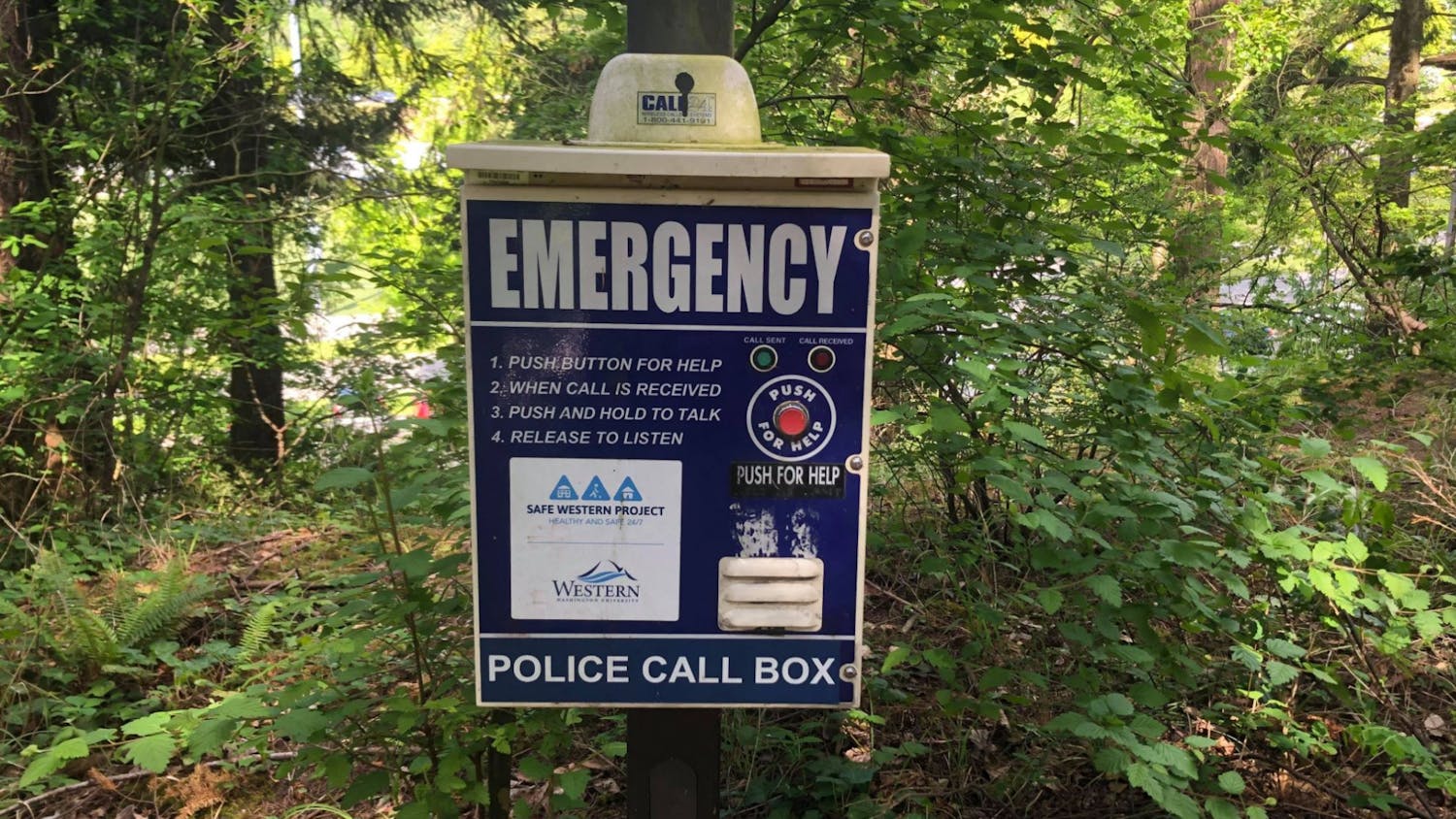
A screenshot shows former President Donald Trump's suspended Twitter account. Now that the figurehead is gone, what needs to be done to curtail hateful mobilization on social media? // Photo by Lauren Gallup
Twitter said “bye-bye” for good to former President Donald Trump two days after rioters attacked the Capitol. What became a megaphone for the president over his four years in office has set a precedent that other social media sites have followed: no more Trump.
But Trump was only one voice in the cacophony of social media that's part of daily life globally.
Like when Dorothy goes to visit the Wizard of Oz only to find a meek professor behind the curtain; Trump is the CGI figurehead, the bigger problem hides out of view.
And the meek professor in this analogy? Powerful social media companies.
Jonathon Bright, senior research fellow at the Oxford Internet Institute, said he doesn’t believe social media has created the political extremism and polarization we’re seeing, but that these sites aggravate it, adding “fuel to the fire” by providing a platform for these voices to be amplified.
Take, for instance, how mainstream social media reacted to Trump’s inciting posts.
“It would be nice if the companies banned him for good reason, for the right reasons, for moral reasons,” said Marc Fisher, a senior editor at the Washington Post. But Fisher said he believes these companies acted out of preservation of their bottom line.
In 2016, Fisher and Washington Post reporter Will Hobson wrote an article on Trump’s history of using pseudonyms for his own publicity. The falsities grew on social media during his presidency.
Before banning Trump, sites like Twitter flagged false statements made on their sites or took down inappropriate content. But all of this has been done at the discretion of the companies.
Bright explained that in the past few years, he has seen social media companies grow more accountable, but he believes government intervention is needed.
Even though Trump is “gone,” the rhetoric he spouted is not.
“There's a significant number of people who are saying maybe we've been diluted, maybe we've been led down the wrong path,” Fisher said. “But there's an equally, if not larger group, who are going to be further radicalized by this.”
Extremist voices may have come into the mainstream in the past four years, fueled by a president who propagated their views, but they have always been around.
“They didn't just surface with Trump,” said Jason Lind, an associate professor of communication studies at Western Washington University.
But these mainstream platforms have allowed people with these views to find each other, Lind said.
Lind compared the idea of users moving between social platforms to how a major television network may take an idea for a new show based on shows popular on smaller networks. If the show on the major television network doesn’t work, it gets canceled and views can go back to the smaller television network.
Hate group members who have been banned or discouraged from spreading their ideologies on social media may move to new platforms on the fringe.
The problem is bigger than a former president. It lies within the lack of regulation of the content created.
Fisher and Bright agreed polarizing content thrives on social media.
“These are companies that continue to cynically and cravenly take advantage of the human psyche to drive people toward more and more extreme positions,” Fisher said. “By capturing their attention, then funneling it toward more and more extreme expressions of whatever people already believe.”
Legislation is needed to curtail the mobilization of hate groups on social media.
“Until Congress changes that and makes them as responsible for their content as everyone else is, we're going to continue to see extremism flourish,” Fisher said.
But deciding on legislation isn’t so simple — social media companies, and therefore their users, have a global reach, meaning that regulation should not have a European and North American-centric framework, Bright said.
And while Fisher said many people get their news from social media, more so than traditional news sources, Bright said social media doesn’t fit in an existing model such as journalism.
Bright argued the need to create a new model to regulate social media — one that keeps people off social media for committing what would then be illegal acts.
Whatever the legislation decisions may be, the problem has been here, and it begs for a solution.
“I think society needs to be the one that takes control at the end of the day,” Bright said.

Lauren Gallup (she/her) is the spring 2021 managing editor of The Front. She is a fourth-year news/editorial journalism major, whose writing has been featured in Klipsun, 425 and South Sound magazines. Her reporting seeks to answer, provoke and increase understanding. You can find her retweeting great journalism @thelaurengallup or reach her at laurengallup.westernfront@gmail.com.





